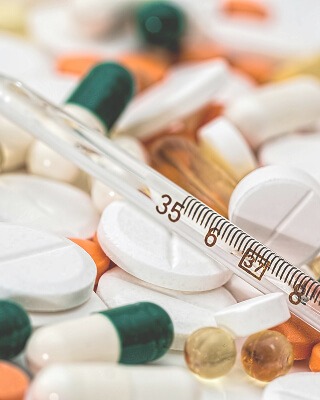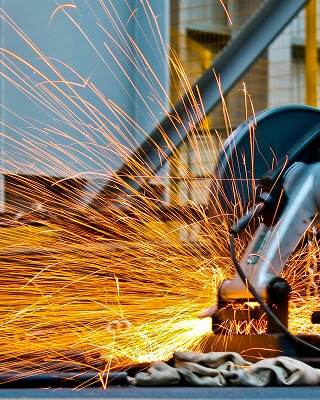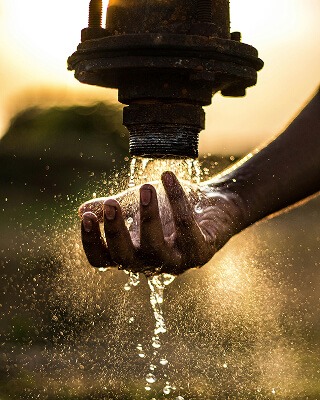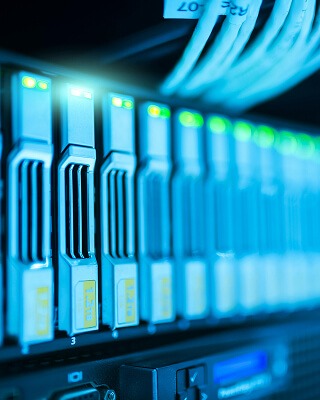Construction
Introduction to Industry
Land clearing is a necessary part of construction activities, which exposes soil to erosion by creating bare surfaces. Silt washes from the exposed earth surfaces when it rains. Construction sites use earth control measures (ECM) to stop silt from contaminating the rivers.
Current Challenges
The nature of the wastewater created in the construction industry is the biggest barrier to wastewater treatment. Earth control measures (ECM) are designed to be put into place on a construction site to make sure that any water will be properly treated and examined to see whether it contains less Total Suspended Solids (TSS) than the authority’s (PUB) authorized 50 mg/litre before being allowed to be discharged out into the public sewers. Additionally, it can be challenging to transfer water to treatment facilities due to the frequent isolated locations of construction sites.
For the treatment of construction wastewater, there are also a lack of established standards and norms, which can result in inconsistent treatment practices and possible environmental harm. Greater funding is required for the study and development of more effective and affordable treatment technologies, as well as for the formulation of clearer rules and guidelines to ensure the proper handling and disposal of construction wastewater.
What's Being Done Now?
What Hydroleap Brings to the Sector
Introduction to Industry
Land clearing is a necessary part of construction activities, which exposes soil to erosion by creating bare surfaces. Silt washes from the exposed earth surfaces when it rains. Construction sites use earth control measures (ECM) to stop silt from contaminating the rivers.
Current Challenges
The nature of the wastewater created in the construction industry is the biggest barrier to wastewater treatment. Earth control measures (ECM) are designed to be put into place on a construction site to make sure that any water will be properly treated and examined to see whether it contains less Total Suspended Solids (TSS) than the authority’s (PUB) authorized 50 mg/litre before being allowed to be discharged out into the public sewers. Additionally, it can be challenging to transfer water to treatment facilities due to the frequent isolated locations of construction sites.
For the treatment of construction wastewater, there are also a lack of established standards and norms, which can result in inconsistent treatment practices and possible environmental harm. Greater funding is required for the study and development of more effective and affordable treatment technologies, as well as for the formulation of clearer rules and guidelines to ensure the proper handling and disposal of construction wastewater.






